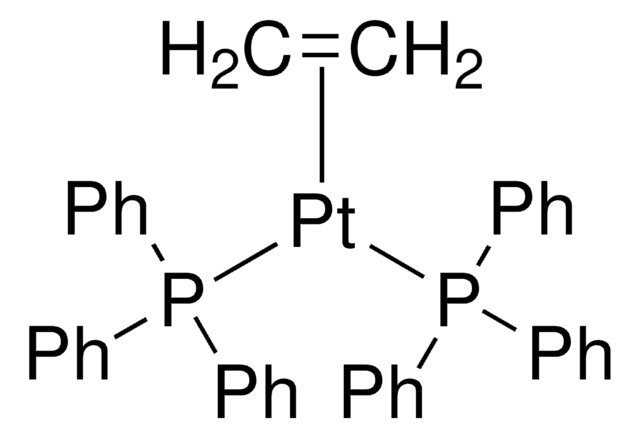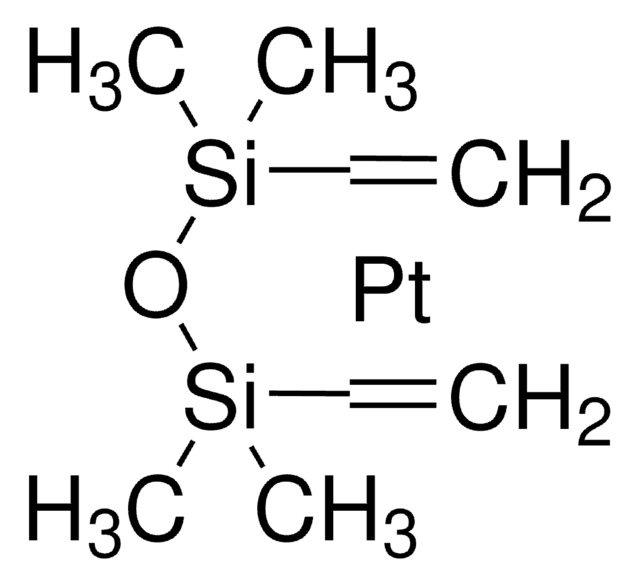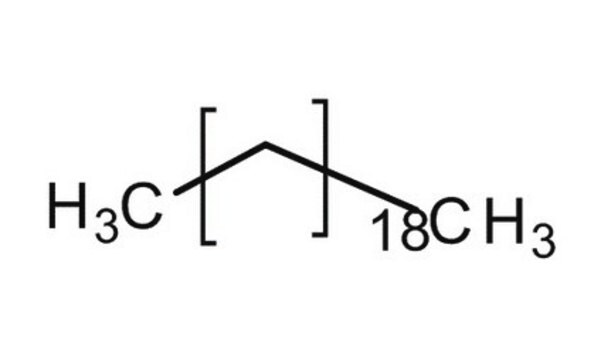Wichtige Dokumente
286052
Heneicosan
98%
Synonym(e):
n-Heneicosane
About This Item
Empfohlene Produkte
Dampfdichte
10.3 (vs air)
Qualitätsniveau
Dampfdruck
<1 mmHg ( 20 °C)
Assay
98%
Form
solid
bp
100 °C/2 mmHg (lit.)
356.1 °C/760 mmHg
mp (Schmelzpunkt)
39-41 °C (lit.)
SMILES String
CCCCCCCCCCCCCCCCCCCCC
InChI
1S/C21H44/c1-3-5-7-9-11-13-15-17-19-21-20-18-16-14-12-10-8-6-4-2/h3-21H2,1-2H3
InChIKey
FNAZRRHPUDJQCJ-UHFFFAOYSA-N
Suchen Sie nach ähnlichen Produkten? Aufrufen Leitfaden zum Produktvergleich
Verwandte Kategorien
Allgemeine Beschreibung
Lagerklassenschlüssel
11 - Combustible Solids
WGK
WGK 3
Flammpunkt (°F)
235.4 °F - closed cup
Flammpunkt (°C)
113 °C - closed cup
Persönliche Schutzausrüstung
Eyeshields, Gloves, type N95 (US)
Hier finden Sie alle aktuellen Versionen:
Besitzen Sie dieses Produkt bereits?
In der Dokumentenbibliothek finden Sie die Dokumentation zu den Produkten, die Sie kürzlich erworben haben.
Kunden haben sich ebenfalls angesehen
Global Trade Item Number
| SKU | GTIN |
|---|---|
| 286052-10G | 4061826259702 |
| 286052-1G | 4061826259719 |
Unser Team von Wissenschaftlern verfügt über Erfahrung in allen Forschungsbereichen einschließlich Life Science, Materialwissenschaften, chemischer Synthese, Chromatographie, Analytik und vielen mehr..
Setzen Sie sich mit dem technischen Dienst in Verbindung.














